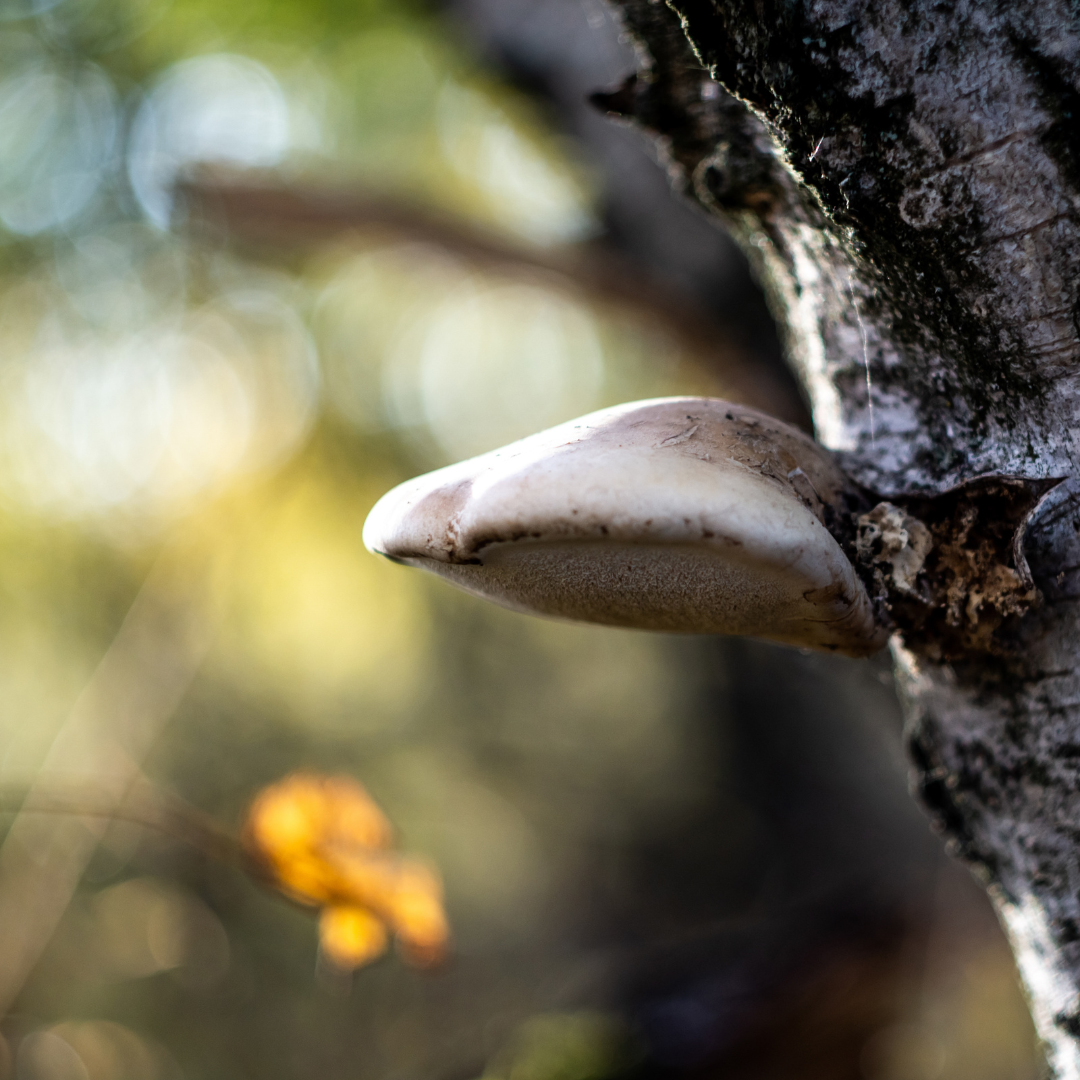Cordyceps – A mushroom with an unusual history
Do you sometimes feel like your daily routine is lacking that little something extra? You drink the same beverage every morning, but it no longer inspires you—everything seems routine and predictable. Perhaps you're longing for something extraordinary to enrich your day, but the search for it can be exhausting. The Cordyceps mushroom could be just what you're looking for. Get to know this unique mushroom, which captivates with its fascinating origins and history.

The origin and special features of Cordyceps
The Cordyceps mushroom, scientifically known as Cordyceps sinensis or Cordyceps militaris, is native to the high mountains of the Himalayas, particularly in Tibet and Nepal, where it grows at elevations over 3,000 meters. Cordyceps is a so-called parasitic fungus: It grows on insect larvae, such as caterpillars, and uses them as a source of nutrients—an unusual life cycle that sets it apart from other fungi. In traditional Tibetan and Chinese culture, Cordyceps has been prized for centuries, often referred to as "Himalayan gold" because it is rare and difficult to harvest in the wild.

Amazing facts about the Cordyceps mushroom
Cordyceps has several impressive properties that make it special: Unusual life cycle: Cordyceps infects insect larvae, grows out of them, and forms an orange, finger-like fruiting body—a bizarre but fascinating process. Cultural significance: In Tibet, Cordyceps was traditionally collected by yak herders, who considered it a valuable resource; it was so precious that it was often traded for more than gold. Natural ingredients: Cordyceps naturally contains polysaccharides, cordycepin, and other bioactive compounds, making it an interesting dietary ingredient. Modern cultivation: Because wild Cordyceps is rare, it is now often grown in controlled environments on plant substrates, making it more accessible without losing its character.
- Unusual life cycle: Cordyceps infects insect larvae, grows out of them and forms an orange, finger-like fruiting body – a bizarre but fascinating process.
- Cultural significance: In Tibet, Cordyceps was traditionally collected by yak herders, who considered it a valuable resource; it was so precious that it was often traded for more than gold.
- Natural ingredients: Cordyceps naturally contains polysaccharides, cordycepin, and other bioactive compounds, making it an interesting dietary ingredient.
- Modern cultivation: Since wild Cordyceps is rare, it is now often grown in controlled environments on plant substrates, making it more accessible without losing its character.

When everyday life remains uninspired
Without new inspiration, everyday life can quickly become boring. You may feel like you're lacking variety—the same drinks, the same routines, no spark to excite you. It can be discouraging when you long for something new but can't find anything that truly excites you. This monotony can diminish the joy of your day and leave you feeling like something is missing. Cordyceps offers a way to discover new flavors and break up your routine.
Cordyceps in our products
We've incorporated the Cordyceps mushroom into our Matcha Sipp and Masala Sipp to offer you a new taste experience: Matcha Sipp: Combines Cordyceps with Matcha for a fresh, green note with a hint of earthiness. Masala Sipp: Blends Cordyceps with spicy flavors for a warm, slightly bitter taste experience. Simply mix one serving (5 g) with 200 ml of water, stir, and enjoy. Please note: Our Sipps contain caffeine from natural Arabica coffee (approximately 60 mg per serving). Do not exceed the recommended daily intake of one serving (5 g). Our products are not suitable for children or pregnant or breastfeeding women.
Example product title
Discover all our Sipps
